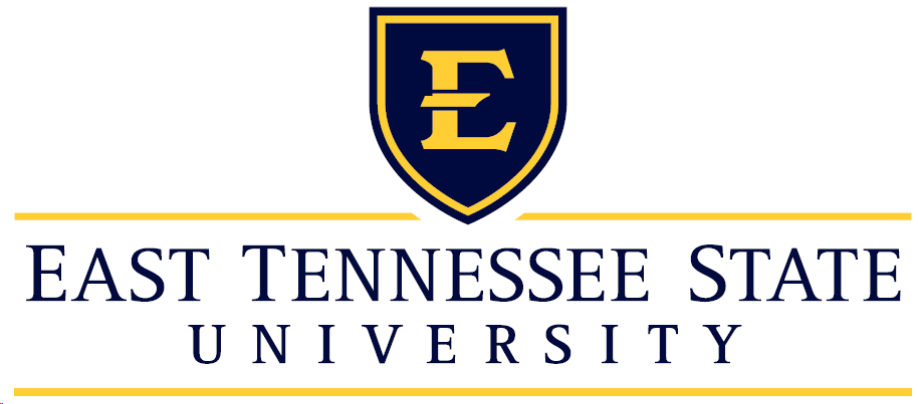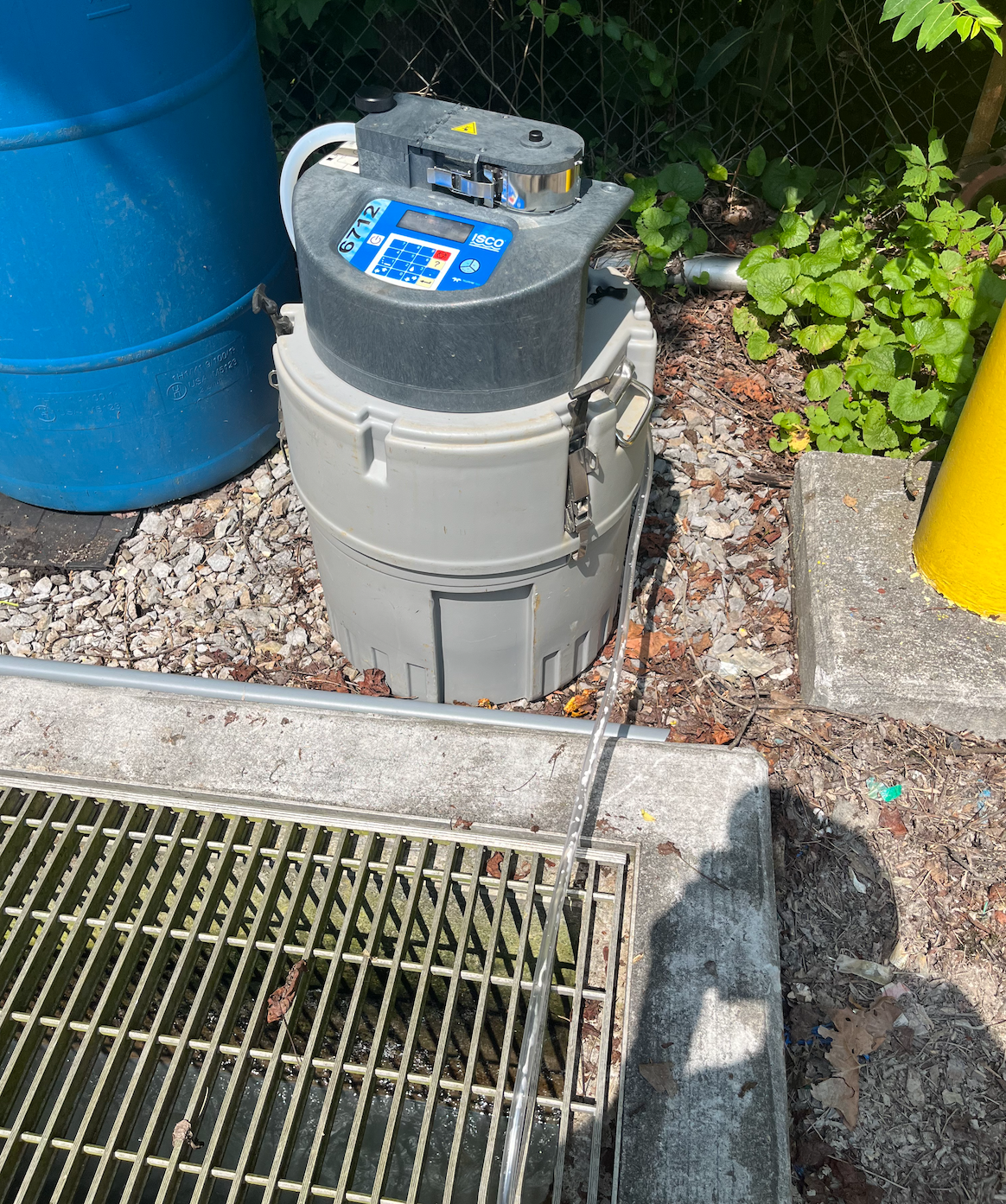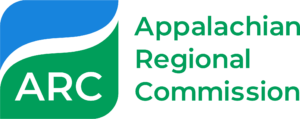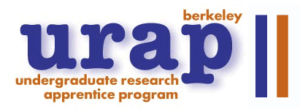Drinking Water & Health in Rural Appalachia
Start Year: 2020 | End Year: Ongoing
 We are working on a number of projects to better understand issues related to drinking water (access, quality, use), sanitation, and reported and measured health outcomes in the Appalachia region, with a focus on children and adults living in Central Appalachia. In 2020, we started a comprehensive systematic review and meta-analysis study to identify and synthesize published research on drinking water contamination and associated health outcomes in the Appalachian region over a 20-year time period. We pre-registered our study protocols, completed data extraction and analysis in 2022, and published our findings in 2023 – the limited number and nature of the studies identified demonstrated that more epidemiologic research is needed to understand exposures to drinking water contaminants in this region. From 2021 to 2023, in collaboration with UVA, ETSU, a regional non-profit, a local utility, and others, we conducted a water-and-health focused cross-sectional study and a prospective cohort study in southwest VA (an important component of these studies is that we also share water testing results with participating households). In 2022, we published findings from the cross-sectional study (a small community of households with private wells), and we anticipate publishing preliminary findings from the cohort study (rural households with utility-supplied and private well and spring water in two counties) in early 2024. Given the relatively high rates of bottled water use/reliance we observed in rural households, we also conducted a study to analyze the quality of bottled water sold in the region; we anticipate publishing those findings in 2024. Building on findings from these studies, in late 2023 (in collaboration with ETSU, a regional non-profit, and others) we initiated a prospective safe water intervention pilot study in rural regions of southwest VA and northeast TN.
We are working on a number of projects to better understand issues related to drinking water (access, quality, use), sanitation, and reported and measured health outcomes in the Appalachia region, with a focus on children and adults living in Central Appalachia. In 2020, we started a comprehensive systematic review and meta-analysis study to identify and synthesize published research on drinking water contamination and associated health outcomes in the Appalachian region over a 20-year time period. We pre-registered our study protocols, completed data extraction and analysis in 2022, and published our findings in 2023 – the limited number and nature of the studies identified demonstrated that more epidemiologic research is needed to understand exposures to drinking water contaminants in this region. From 2021 to 2023, in collaboration with UVA, ETSU, a regional non-profit, a local utility, and others, we conducted a water-and-health focused cross-sectional study and a prospective cohort study in southwest VA (an important component of these studies is that we also share water testing results with participating households). In 2022, we published findings from the cross-sectional study (a small community of households with private wells), and we anticipate publishing preliminary findings from the cohort study (rural households with utility-supplied and private well and spring water in two counties) in early 2024. Given the relatively high rates of bottled water use/reliance we observed in rural households, we also conducted a study to analyze the quality of bottled water sold in the region; we anticipate publishing those findings in 2024. Building on findings from these studies, in late 2023 (in collaboration with ETSU, a regional non-profit, and others) we initiated a prospective safe water intervention pilot study in rural regions of southwest VA and northeast TN.
Funding & Support




Wastewater Surveillance & Epidemiology at Multiple Scales
Start Year: 2020 | End Year: Ongoing

As of 2022, our research efforts have primarily focused on wastewater-based surveillance (WBS) and epidemiology in rural settings, with the overarching goal of developing improved methods and guidelines for the implementation of responsible, reliable, and ethical WBS for rural communities. The foundation of this effort was established during the 2020/21 academic year, when Dr.s Pruden & Vikesland in Environmental Engineering led an initiative with collaborators across Virginia Tech (and at HRSD) to collect and analyze wastewater samples from different buildings and sites across the university campus with the goal of developing a coronavirus disease-2019 (COVID-19) surveillance program. WBS has been used by many other research groups, as well as wastewater utilities, to monitor SARS-CoV-2 (i.e., the virus that causes COVID-19) trends. Our primary research objective for that study was to evaluate the use of WBS and epidemiologic methods to monitor and predict SARS-CoV-2 virus trends at sub-sewershed scales. Using pre-specified analyses, we showed that the detection of SARS-CoV-2 genes in wastewater samples was associated with statistically significant increases in COVID-19 cases 8 days after sample collection. We published our methods and findings from this research in 2022. In the summer of 2022, our research group – in collaboration with VT faculty members Pruden, Vikesland, Krometis, students in their groups, and Dr. Taniuchi’s group at UVA – initiated a WBS research study in partnership with a utility in southwest Virginia. We started a monthly sub-sewershed sampling campaign in September 2022 (photo is of a composite sampler at the wastewater treatment plant), which was completed in August 2023. We anticipate publishing initial findings from this research in 2024, and are currently working to build and expand on these efforts at other sites in 2024 and 2025, in collaboration with the Virginia Department of Health and others.
Funding & Support





Arsenic in Rural & Carceral Drinking Water Systems
Start Year: 2018 | End Year: 2021

Source: Adapted from www.USGS.gov
In the United States, millions of people lack reliable access to safe drinking water, a problem that is particularly acute in low-income rural areas. California legally recognized the human right to water in 2012, but this right remains unevenly realized. To better understand the status of the human right to water in rural communities, we analyzed 20 years of publicly available drinking water quality monitoring and violation data from 2001-2021, with a focus on arsenic contamination (a carcinogenic heavy metal) from a state prison as well as public water systems in three neighboring rural communities in southern California. We found that all four of these drinking water systems repeatedly exceeded the legal limit for arsenic during the study period, with mean served arsenic levels ranging from 3.4 (SD=6.7) to 9.3 (SD:=2.9) μg/L across the systems (based on 2,426 samples from four systems). In addition to arsenic-specific findings and comparisons across these four sites, our analyses demonstrate how publicly reported annually averaged water quality data (used to monitor system violations and to track progress toward the human right to water) provide only a partial guide to whether the right to safe water is being realized. We published our findings in 2022.
Funding & Support


![]()
